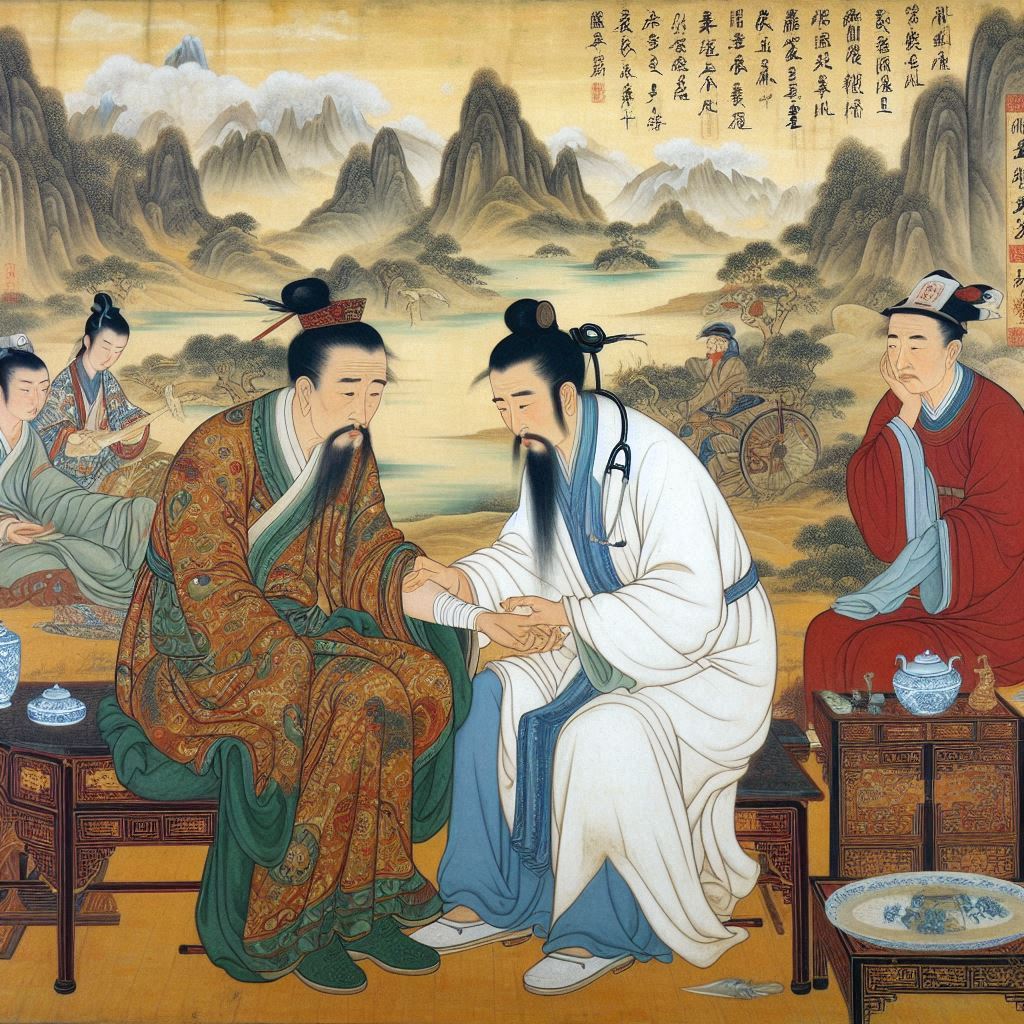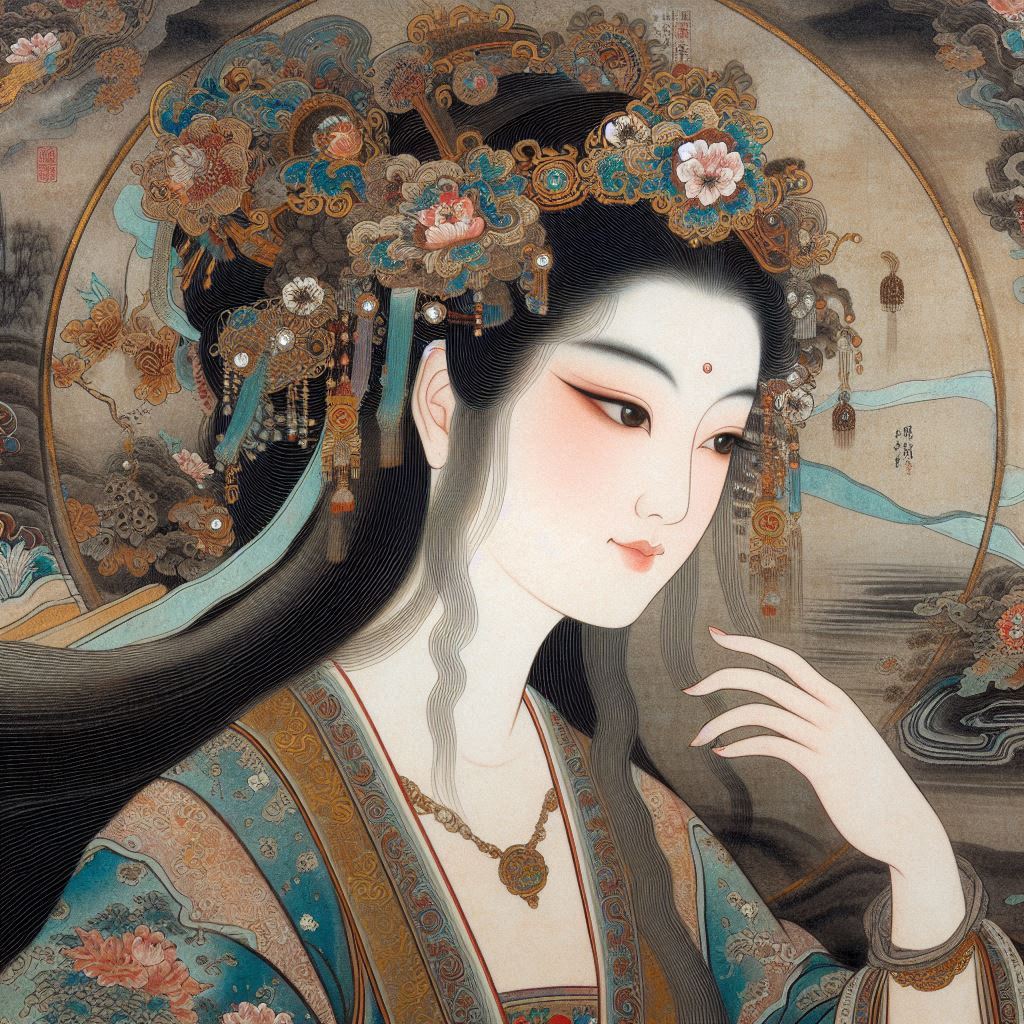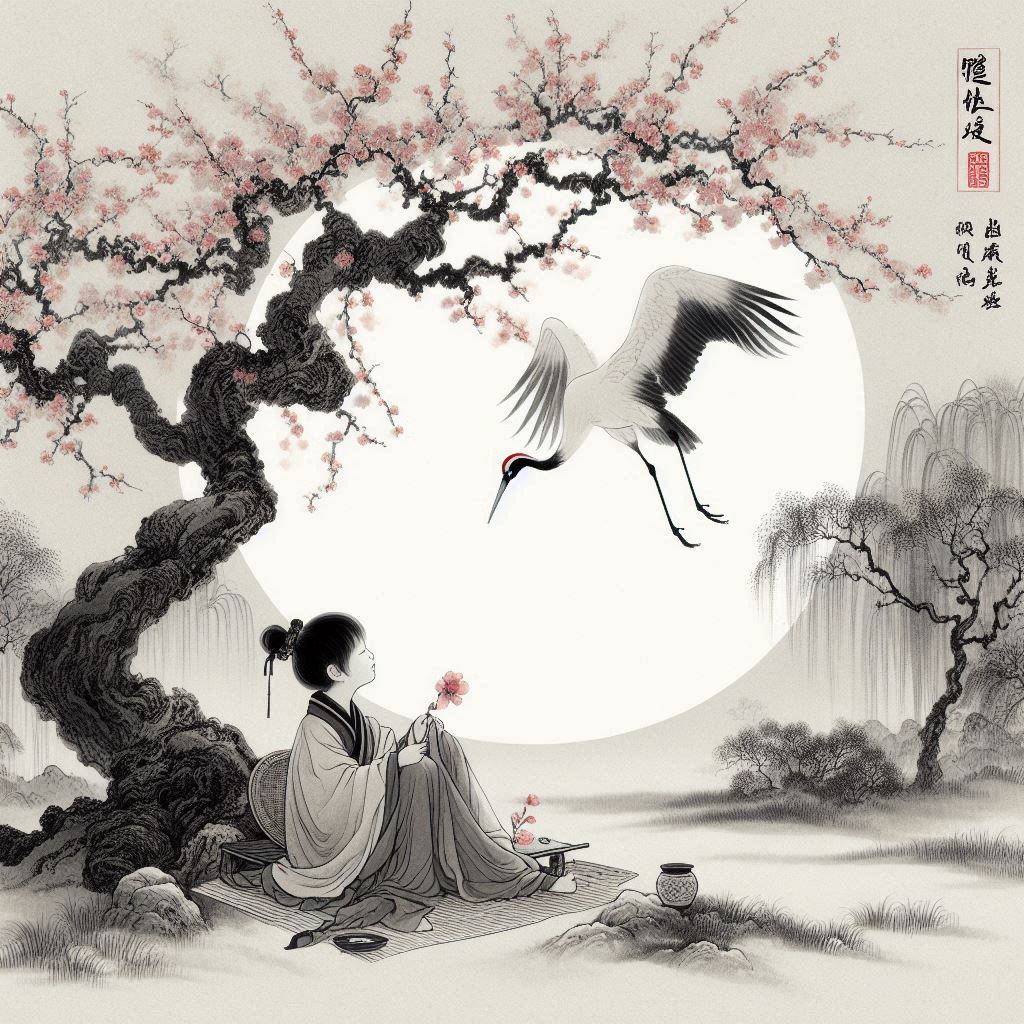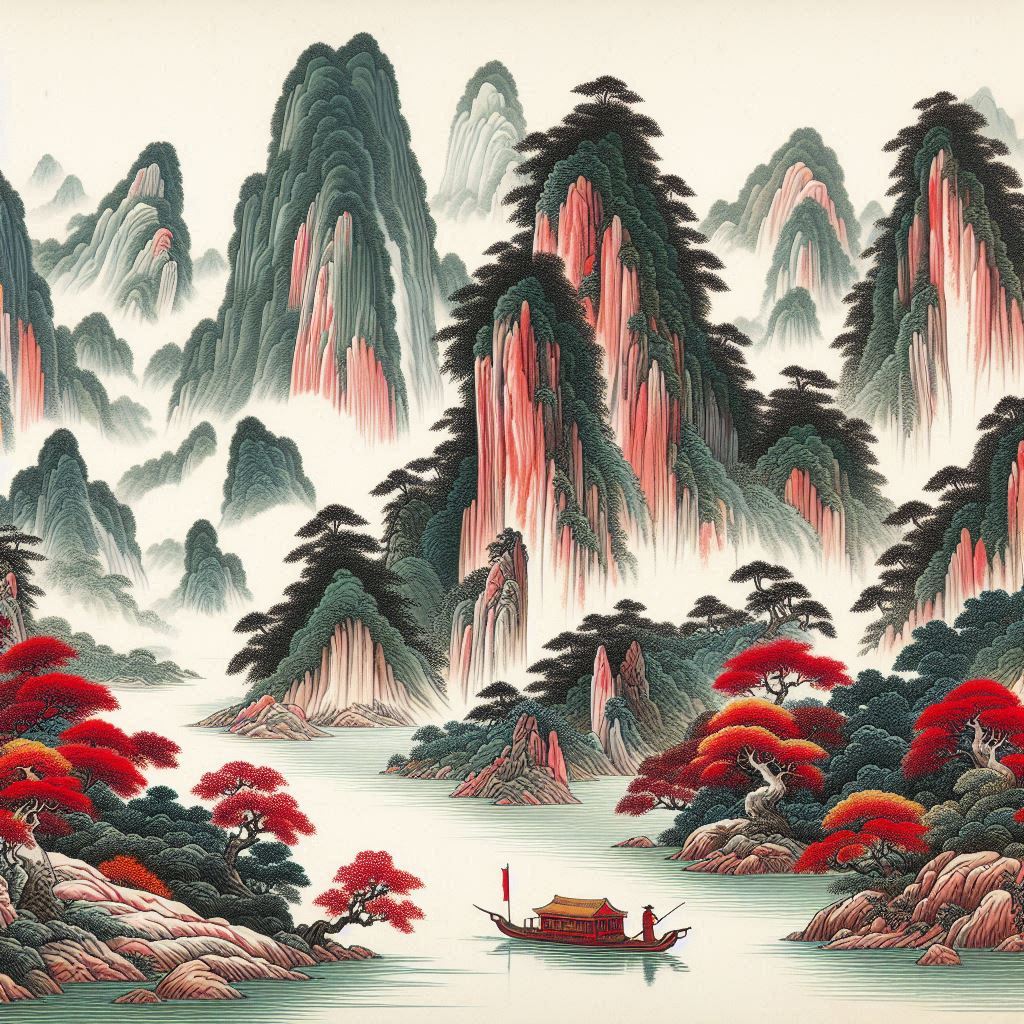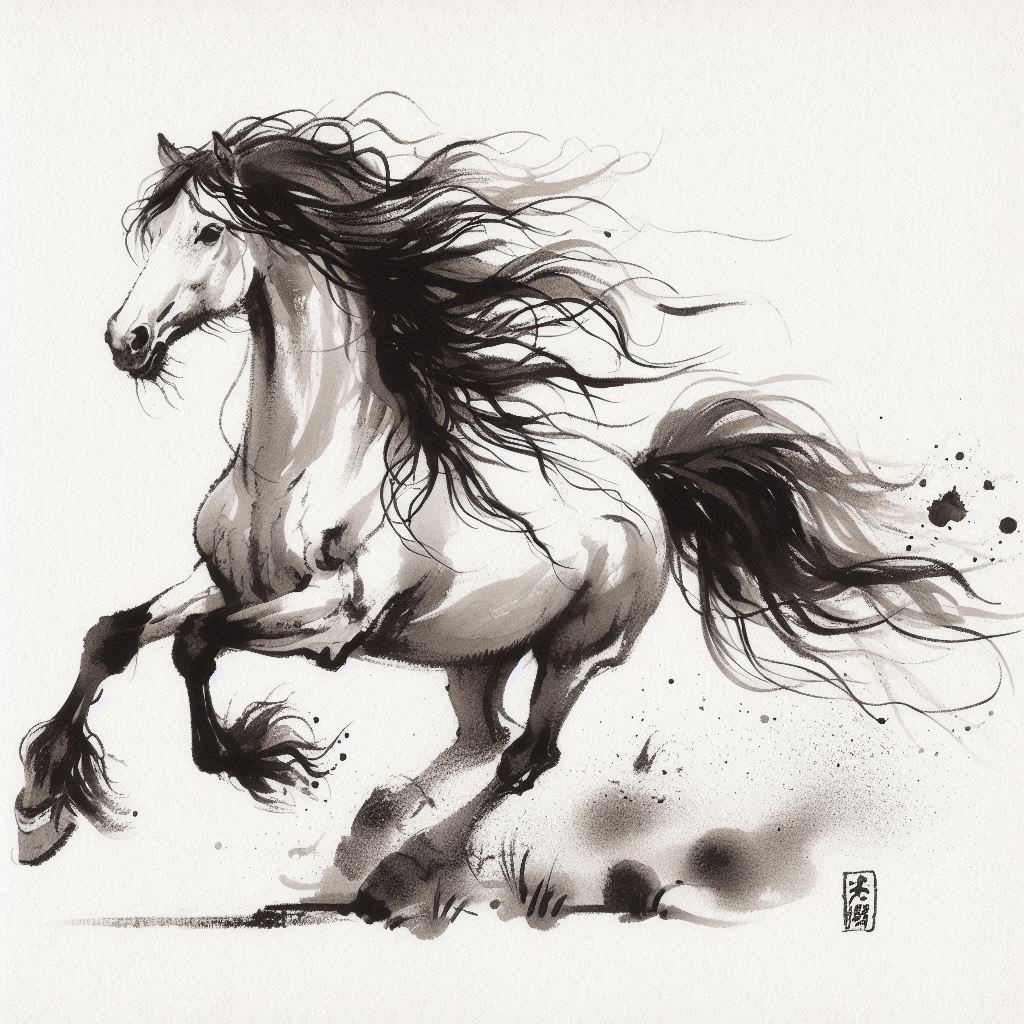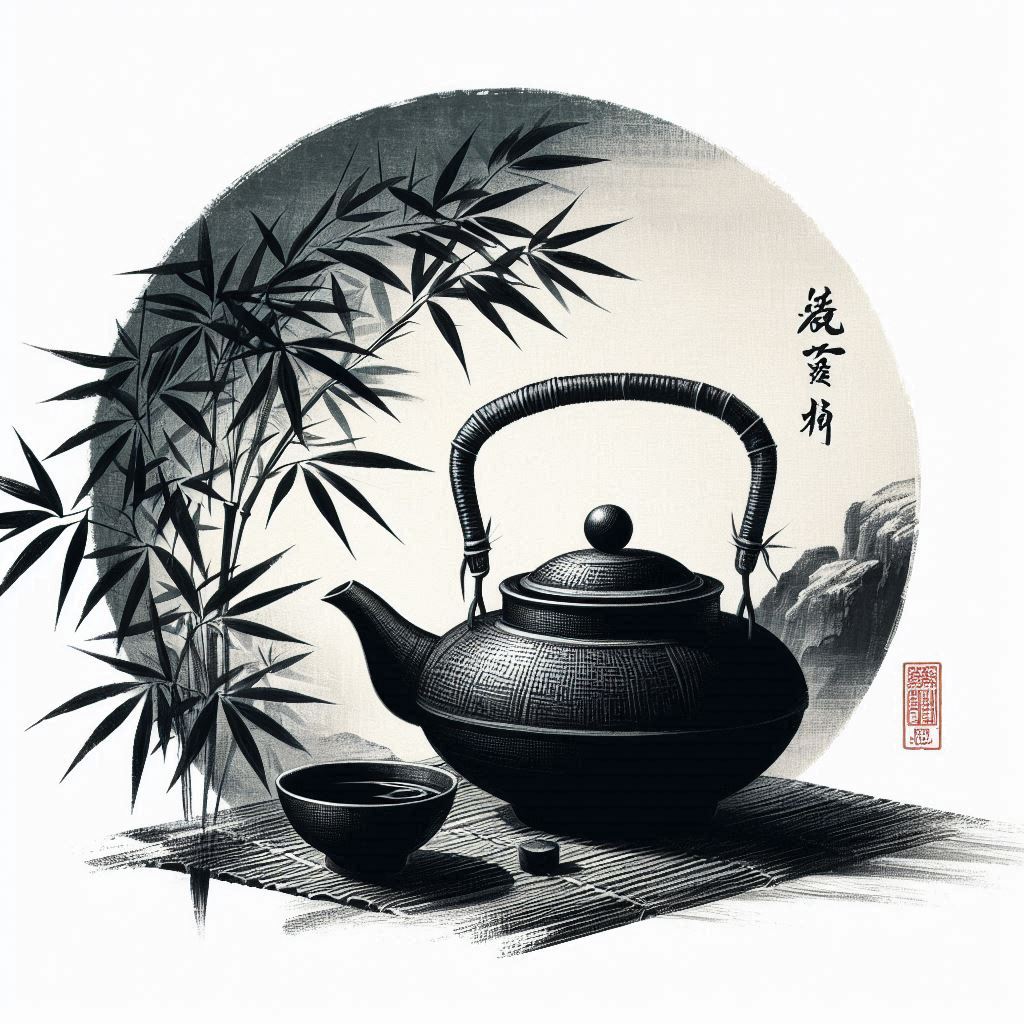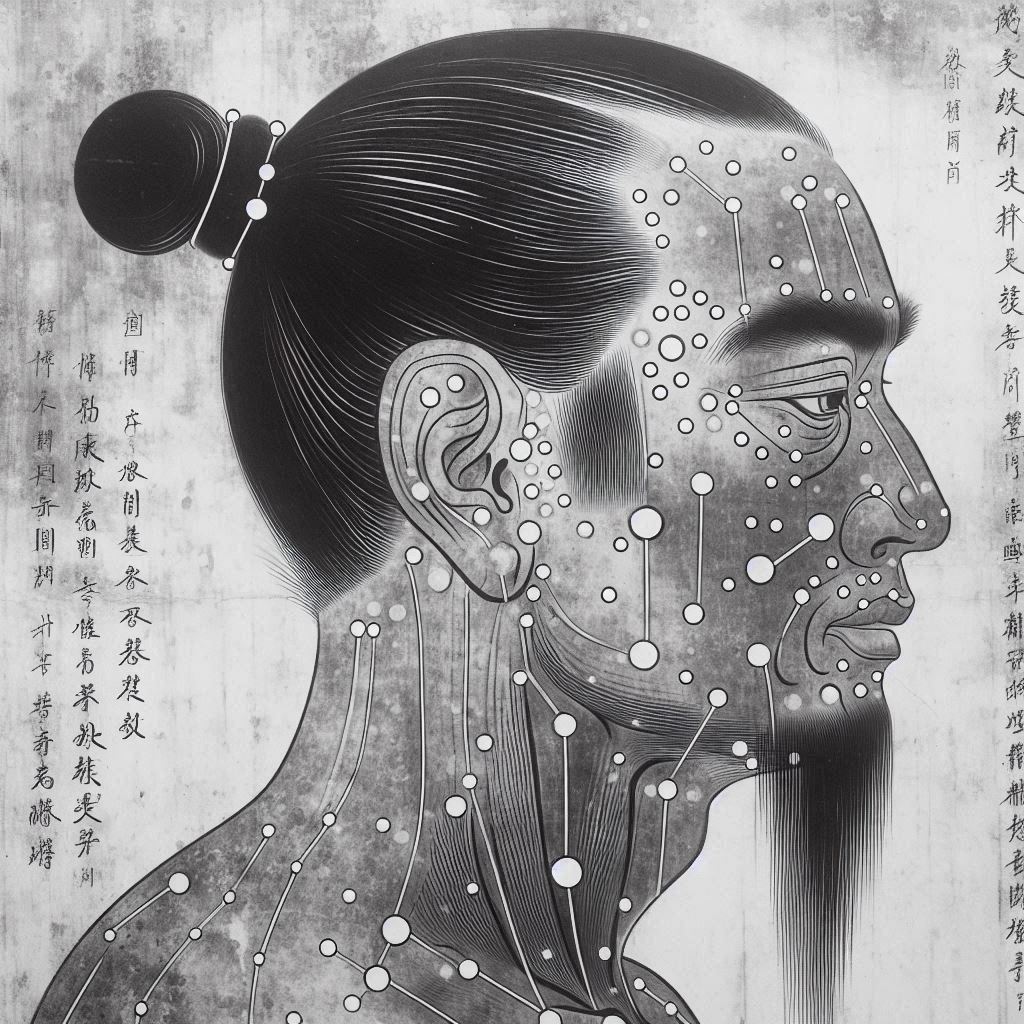During season fall the Lung and its partner organ the Large Intestine are the most active organs in the body. When we say most active it does not necessarily mean in the good way. It can also mean that if people have some Lung/Large Intestine problems it is this season – the fall – when these problems will act up. People with chronic bronchitis for example (Lung disease) will have it typically in the fall; hemorrhoids, irritable bowel syndrome – IBS, and other Large Intestine disharmonies manifest during the fall. Certainly this is not a rule of thumb and people experience such diseases also in other seasons, but it is certainly interesting to observe such regularity as well.
Swollen and bleeding hemorrhoids, ulcerative colitis (a chronic, or long lasting disease that causes inflammation—irritation or swelling—and sores on the inner lining of the Large Intestine), distended or heavy feeling in the lower part of the abdomen - the Large Intestine area, and irritable colon all point to what is known as "damp-heat in the Large Intestine".
Both hemorrhoids and ulcerative colitis can result in rectal bleeding. Whenever we have bleeding of any kind, in any part of the body, we think of intense heat accumulation which Chinese medicine refers to as Internal Fire. The accumulated heat is so intense that it forces the blood out of the vessels, causing bleeding. Heat can accumulate by eating hot and spicy foods excessively, and by experiencing chronic or excessive disturbing emotions.
Dampness has heavy nature and whenever accumulated internally tends to sink in the lower part of the body, affecting the Large Intestine and the Urinary Bladder. When in the Large Intestine dampness manifests in loose stool or diarrhea with or without mucus. It accumulates because of two reasons. The first one is Spleen Qi deficiency – to learn about this pathology and understand how it is responsible for damp accumulation read here. The second reason for internal dampness accumulation is living in a damp environment.
When “internal dampness” and “internal heat” combine we have what is called “damp-heat”. The over-consumption of fatty and greasy foods also leads to the formation of damp-heat, as these foods are both damping and hot in nature.
Damp–heat needs to be addressed with drying and cooling foods. White color foods benefit the Lung/Large Intestine partnership. Foods that are white color and have drying properties are the ones to start with in the cases of damp–heat in the Large Intestine. Such are oats, rice, and white pepper. Turnip and daikon are white foods with cooling nature also appropriate for this condition. Rye and corn (well cooked), and especially adzuki beans, which in Chinese medicine are also used as an herb, are other great drying foods for damp-heat. Starting the day with rice and adzuki bean congee is a nice way to begin the healing process if one suffers from the symptoms mentioned above. Drinking green tea, which has both cooling and drying property, will enhance the benefit.
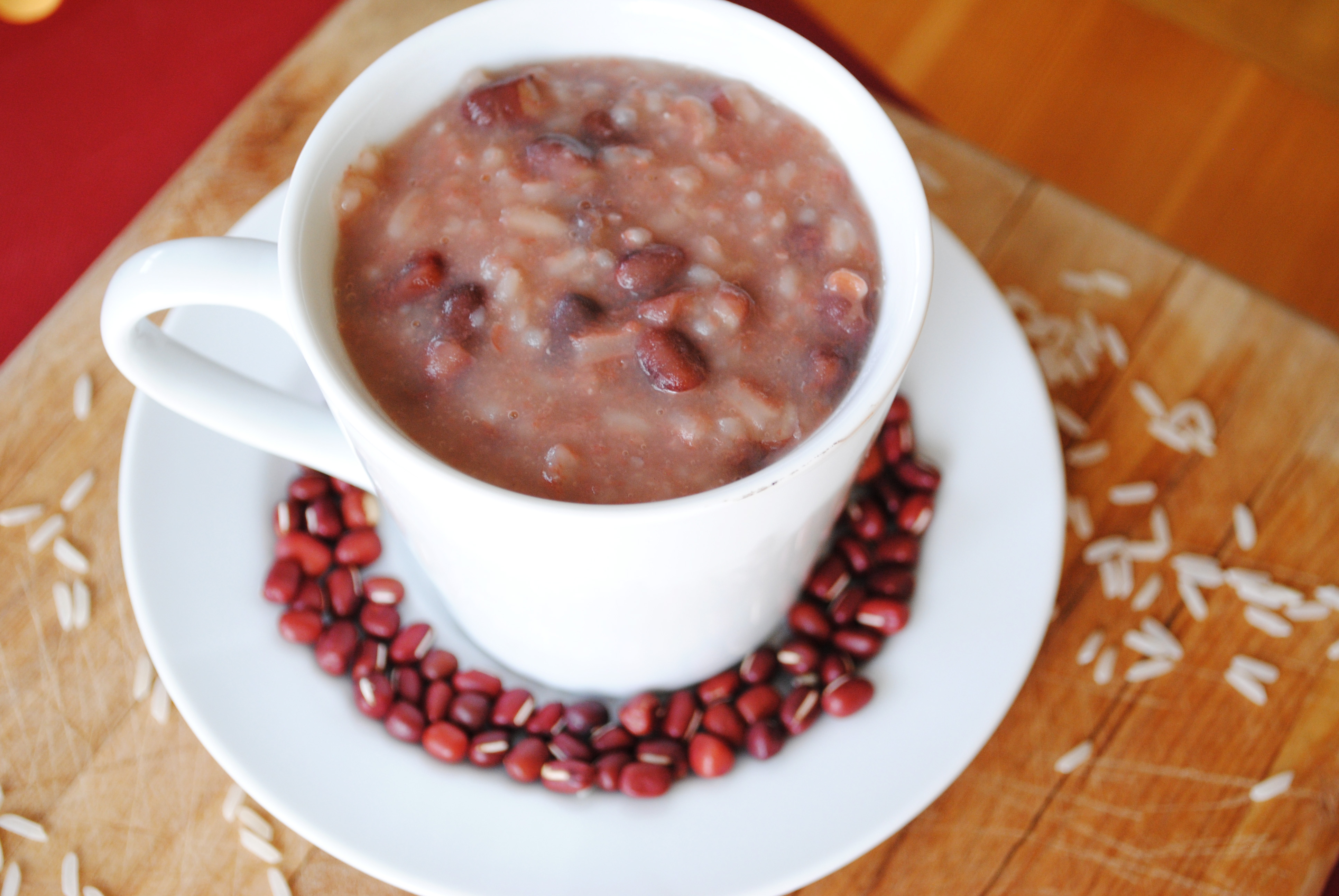
Avoiding fried, hot and spicy foods is a must. It is good not to eat meat for a week to 10 days because meat is mostly hot in nature and it is also heavy on the Spleen. Sugar, sweets and wine should be avoided as they are all damping. Milk and dairy products should be avoided as they are damping as well. The best way to go is to engage in a vegetable only diet as this will help enhance the digestion/make the work of the Spleen easier which will generate more energy, thus help clear the dampness. The vegetables should be cooked! – baked, steamed or boiled - as raw veggies are too cold on the Spleen and could lead to generation of more dampness. The same goes for raw fruits. Baked apples and bananas are a good snack if you crave something sweet.


Note: Blood in the stool (and any kind of bleeding) should always be checked and shared with your doctor!

